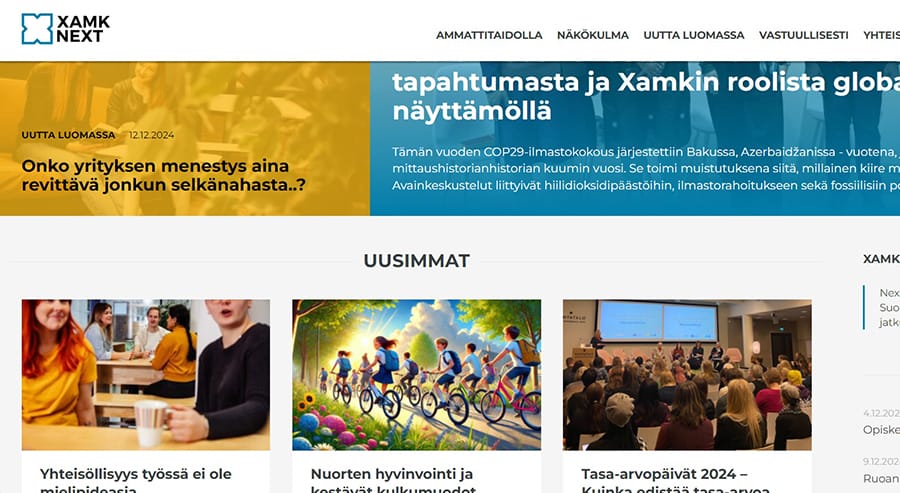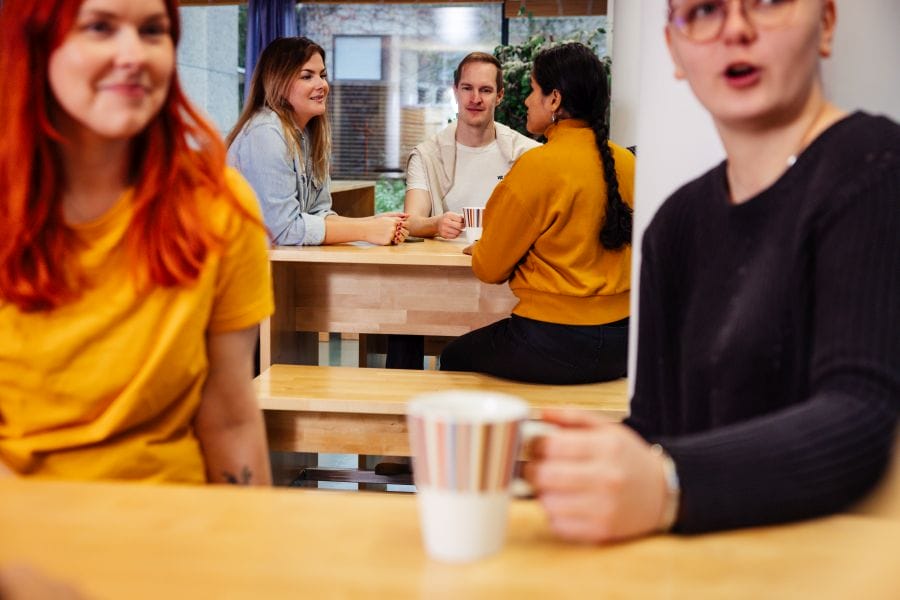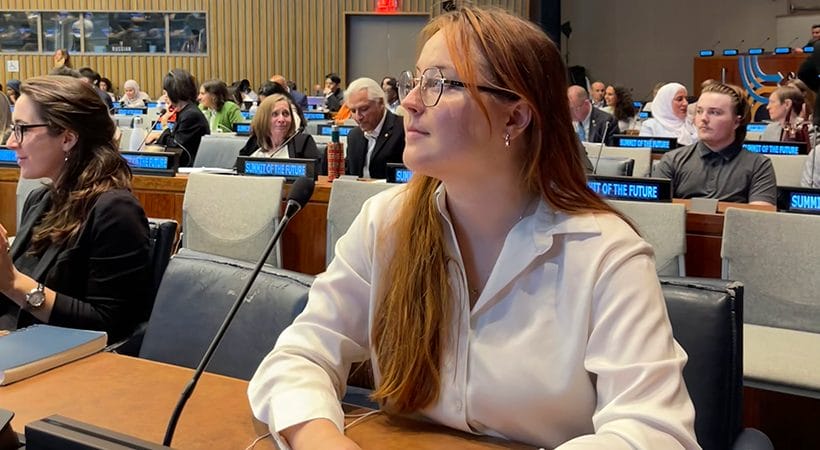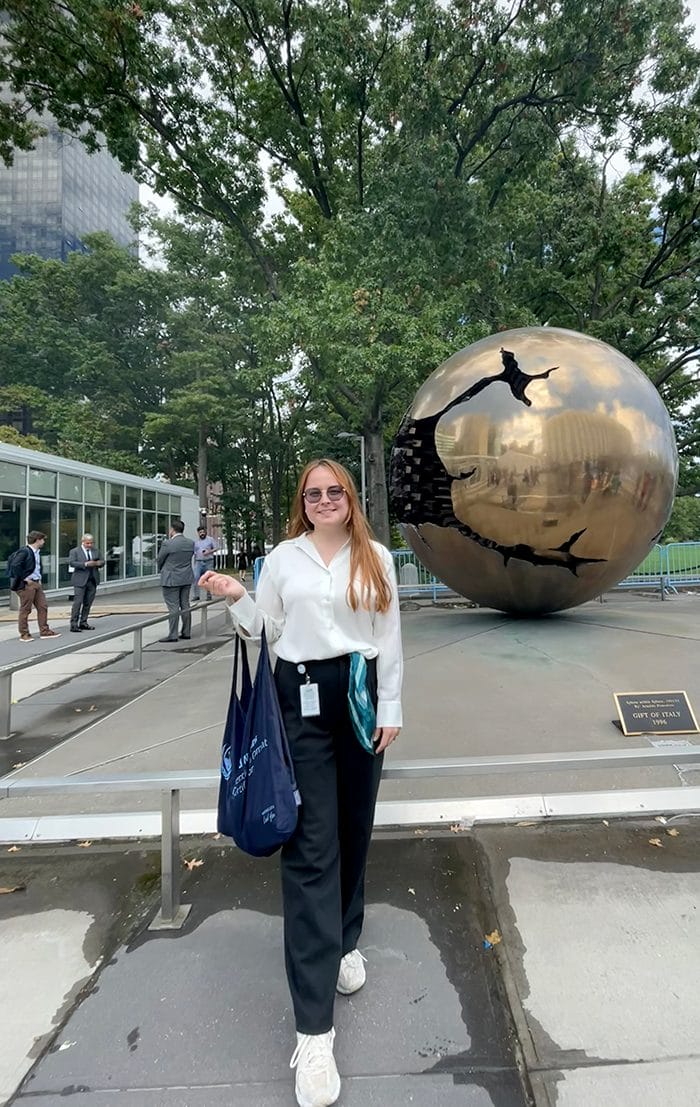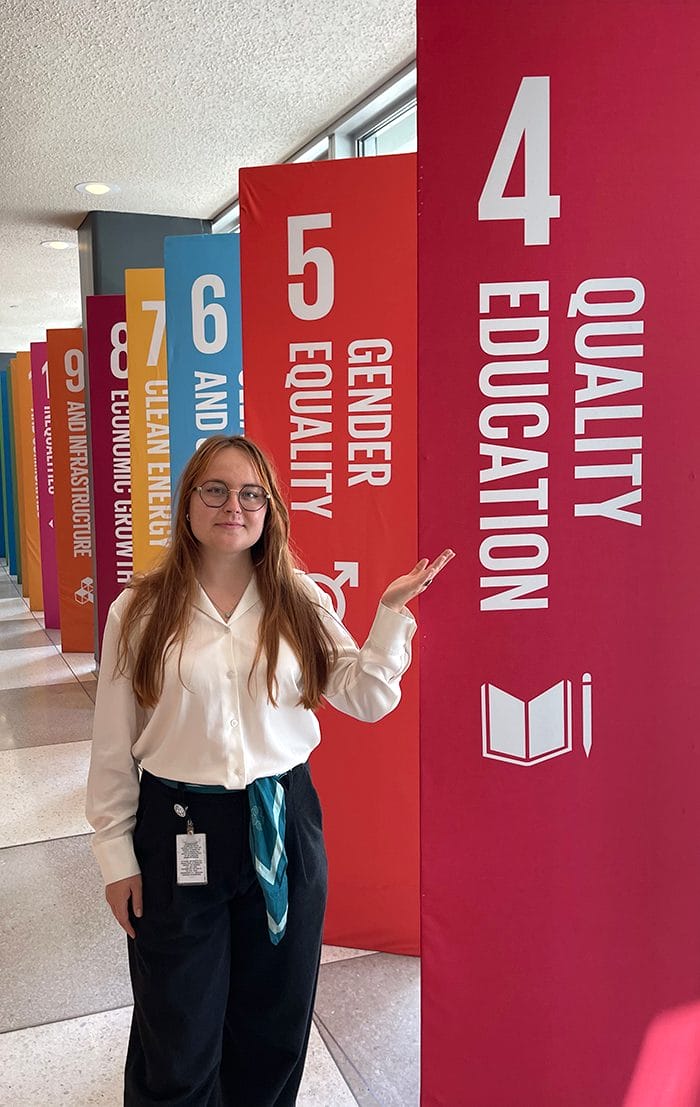What do we take from the UN Summit of the Future?
Have you ever dreamt of visiting the United Nations Headquarters in New York? Me neither! I never studied diplomacy or international relations, yet here I am, standing in a place once exclusive to state representatives. Today, spaces like this are increasingly open to civil society (a term used for non-state actors), reflecting a shift towards transparency, accountability, and inclusion. These changes aim to foster trust and promote sustainable development within local communities, including mine here, at Xamk.
I attended the action days of the Summit of the Future, which UN Secretary-General António Guterres called a ”once-in-a-lifetime opportunity” to set a new path for global governance. I was there as part of the UN Major Group for Children and Youth (UN MGCY), representing younger generation. It was incredible to observe how the UN General Assembly functions, with world leaders addressing global issues like education, climate change, and climate finance — key concerns for my generation.
What is the UN General Assembly (UNGA)?
The UNGA is the main deliberative body of the United Nations, where representatives from all 193 member states come together annually to discuss pressing global issues. This year, the Summit of the Future was called in addition to a normal agenda.
Why was the Summit of the Future called?
The Summit of the Future was convened to address the shortcomings of the current global governance system, which struggles to cope with rapid technological changes, climate crises, and rising inequalities. The summit provided a platform for world leaders to negotiate the Global Pact for the Future, which lays out a vision for inclusive, cooperative, and effective international action.
Why the Pact for the Future matters?
The Pact for the Future is a voluntary agreement that outlines global commitments to tackle key challenges such as climate change, digital inequality, and human rights protection. While it is not legally binding, it is a significant milestone in international cooperation. The pact emphasizes the importance of education, green skills, and youth involvement in global decision-making.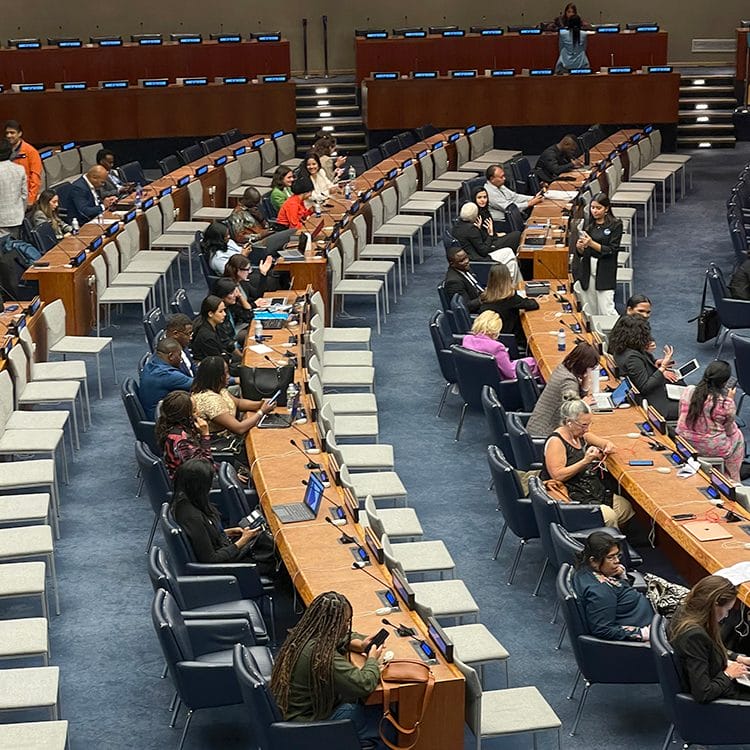
In the document, member states commit to 58 specific actions in 5 areas:
- advancing sustainable development and its financing
- supporting science, technology, digital innovation
- promoting international peace and security
- addressing youth and future generations
- transforming global governance
Though voluntary, this pact holds weight because it sets expectations for countries to follow through on their commitments, with civil society and youth leaders like myself holding them accountable. Hope, it does not sound like abstract concepts, rather this will directly impact the lives of people around the world, especially young people who will inherit the consequences of today’s policies.
In practice, it will reinforce the importance of initiatives that we, for example, develop here in Xamk. Eqality in accesssing digital education has a global focus and we are in the right place at the right time, so let’s deliver!
Finnish state at the UN stage
I was also following the Finnish President Alexander Stubb’s speech. Drawing on Finland’s past, he said, ”Finland was once a poor country, but thanks to multilateralism and the support of the United Nations, we found a path to stability, growth, and equality.” He emphasized that international cooperation, like that promoted by the UN, played a crucial role in Finland’s post-World War II recovery.
If you are also curious, what he was referring to, here what I found: In the aftermath of the war, Finland was economically and politically fragile. International organizations like the UN provided platforms for collaboration, rebuilding, and peaceful dialogue, which allowed Finland to integrate into the global community. This multilateral approach helped Finland regain stability, secure peace, and develop policies that enabled long-term prosperity. Through partnerships, trade, and peace-building facilitated by the UN, Finland transitioned from a war-torn state into one of the most prosperous and socially progressive nations in the world today.
Why we should we care?
The outcomes of the summit will shape the policies and frameworks that impact everyday life. By focusing on education, technology, and sustainability, the pact aims to equip young people with the tools they need to navigate and lead in an increasingly complex world.
For me, the summit reinforced the importance of breaking down these global agendas and making them accessible to local communities. I try not to just visit and be in the room but translate high-level commitments into actions that inspire others. The Pact for the Future is a significant step forward, but it’s up to us — especially educators like us — to ensure these promises turn into real change.
References
Presidentti.fi. (2024) President Stubb at UN General Assembly: We need the UN more than ever. Available at: https://www.presidentti.fi/en/news/president-stubb-at-un-general-assembly/ (Accessed: 4 October 2024).
The United Nations Office at Geneva. (2024) Youth lead the way ahead of UN Summit of the Future. Available at: https://www.ungeneva.org (Accessed: 4 October 2024).
United Nations. (2024) UN General Assembly – Summit of the Future 2024. Available at: https://www.un.org/en/summit-future-2024 (Accessed: 4 October 2024).

